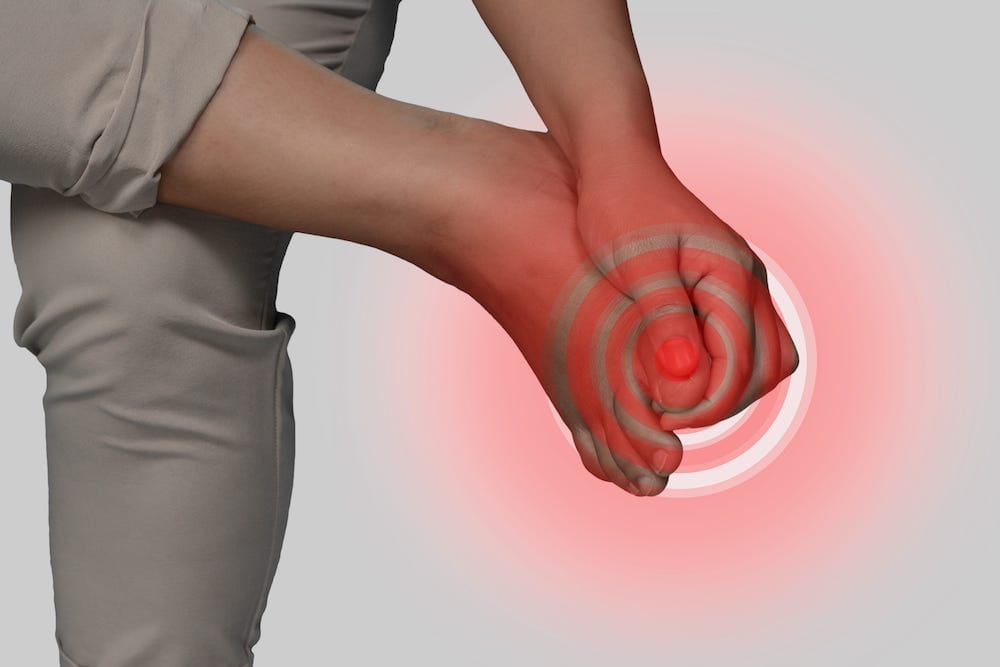Ingrown & Fungal Toenails

What are ingrown and fungal toenails?
Ingrown toenails occur when the side or corner of the nail grows into the tissue of the toe. It causes pain, redness and swelling. Fungal toenails occur when a microscopic fungus infects the toenail. For people with diabetes or a compromised immune system nail fungus is serious and present a significant health risk.
How do I know if I have ingrown or fungal toenails?
An ingrown toenail is painful, occurs at the corner of the nail, and will be red and swollen. If you have cut your toenails too short, or not straight across, or wear shoes that squeeze the toenails together, you may find that you have an ingrown toenail.
If your toenail becomes infected with a nail fungus, the nail will be thick and discolored. You may feel pain in your toes, though this is not a common symptoms. Nail fungus usually occurs when a small cut or break in the toenail becomes infected. It is not caused by poor hygiene but it can spread from one person to another. That is why locker rooms and other warm, wet places are conducive to the growth of fungus
What are the treatments?
Ingrown toenails can usually be treated by soaking them in warm water. However, you don’t want to cause additional trauma to the skin or the nail so it is best to see a podiatrist, especially if you are experiencing pain or swelling. A podiatrist can examine the nail and remove the part that is ingrown.
There are several treatments for nail fungus. Some are applied directly to the toe, like creams and gels. Other treatments are medications taken orally. In cases of advanced infections, surgery may be required to remove the infected nail.
